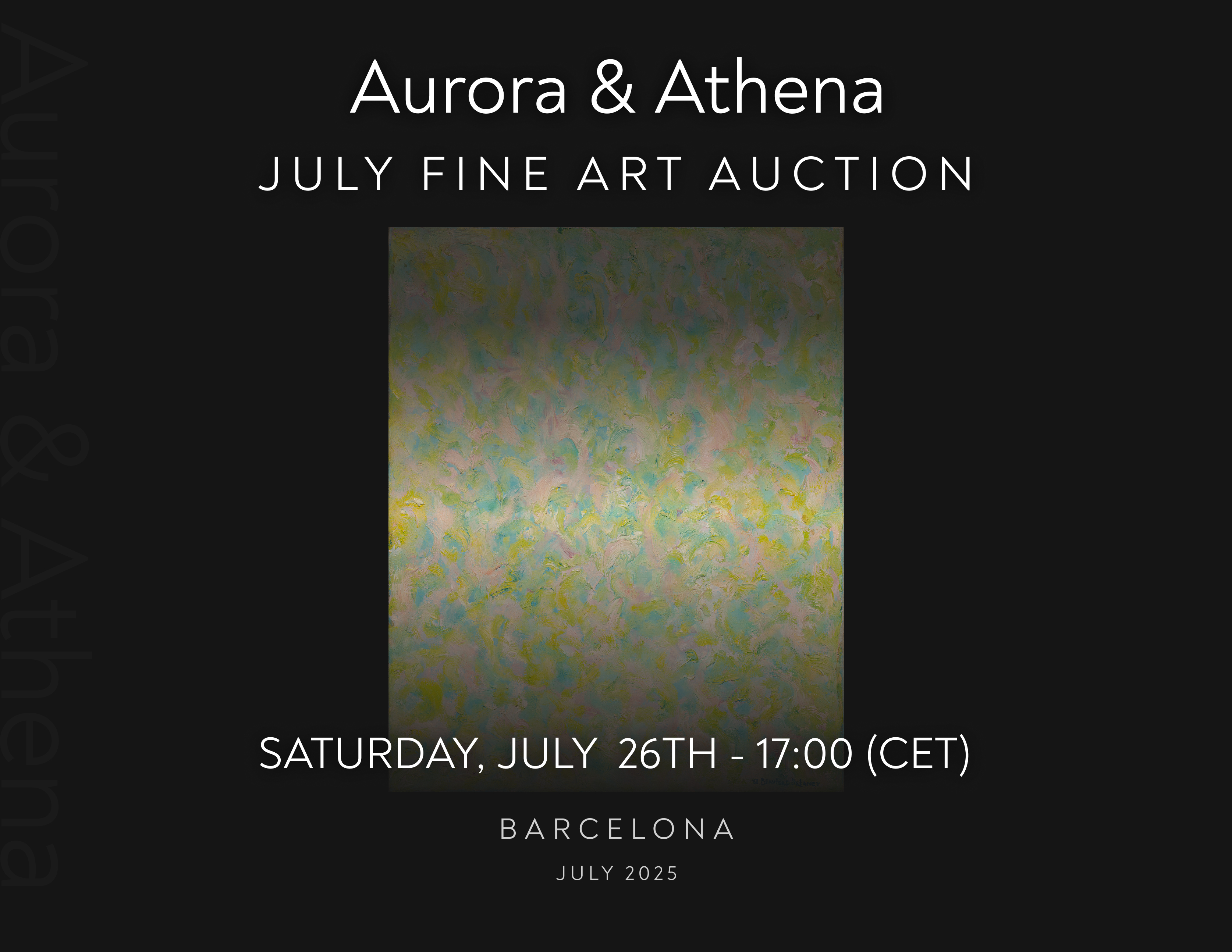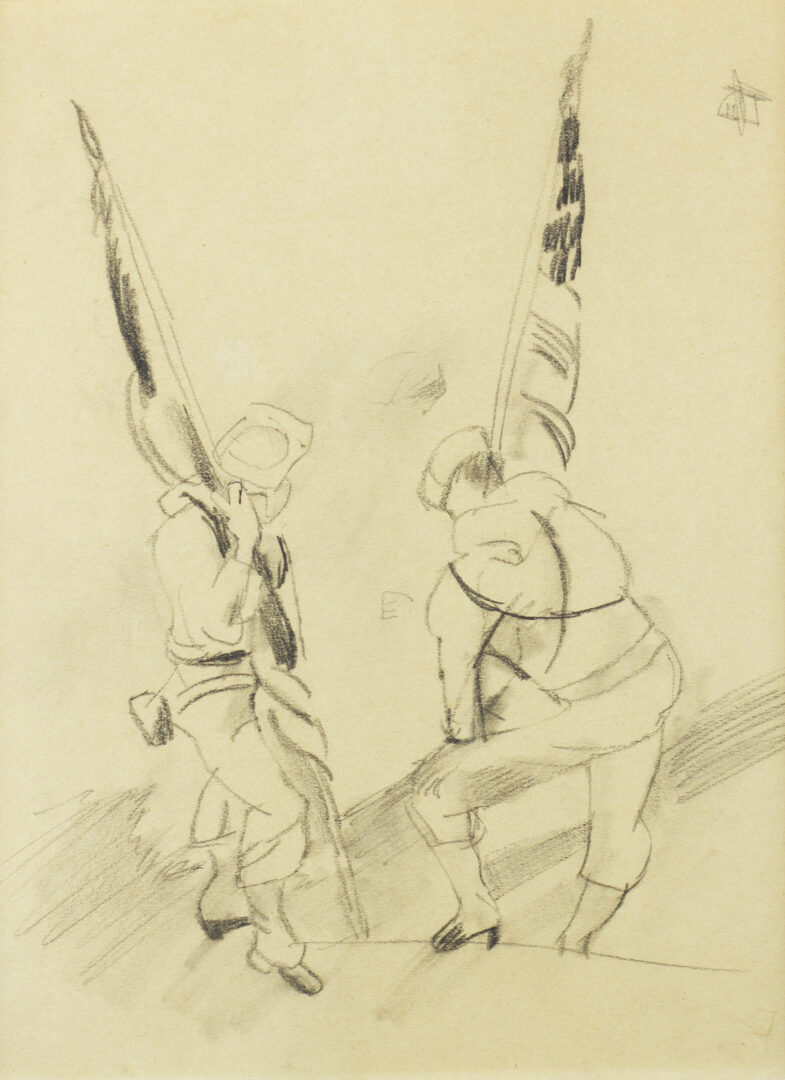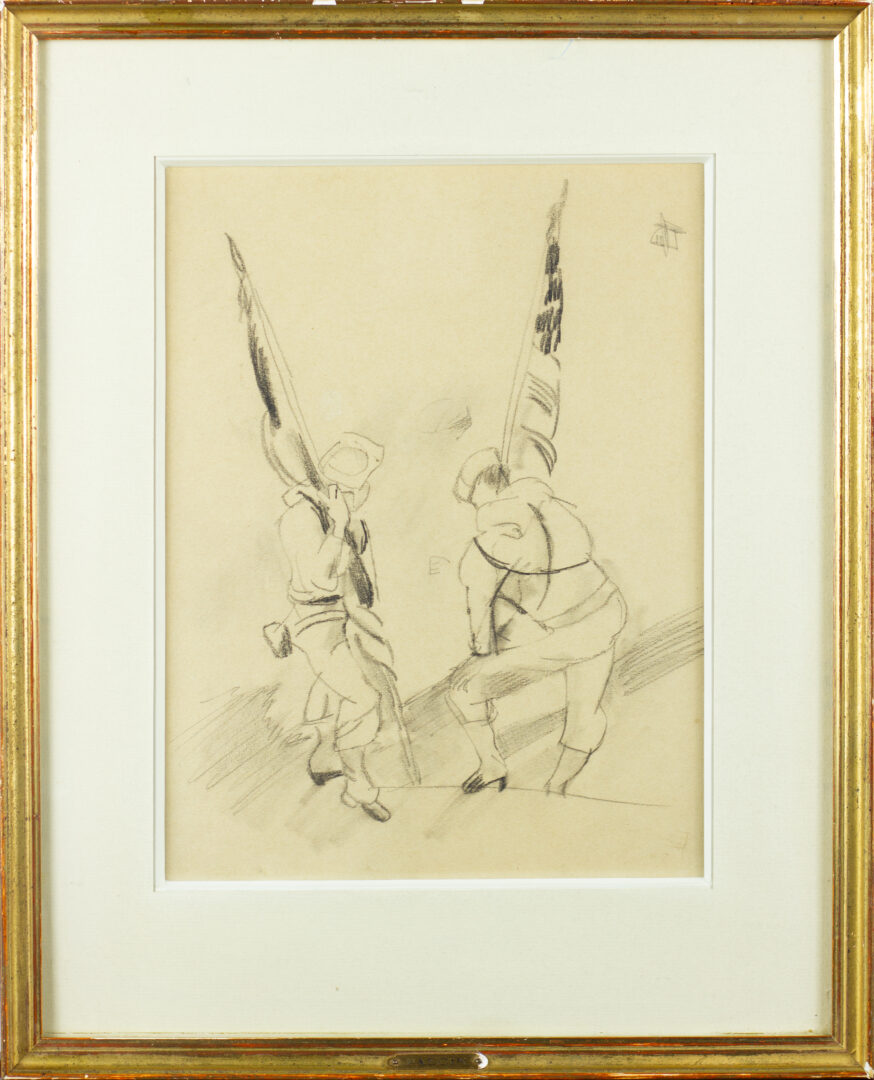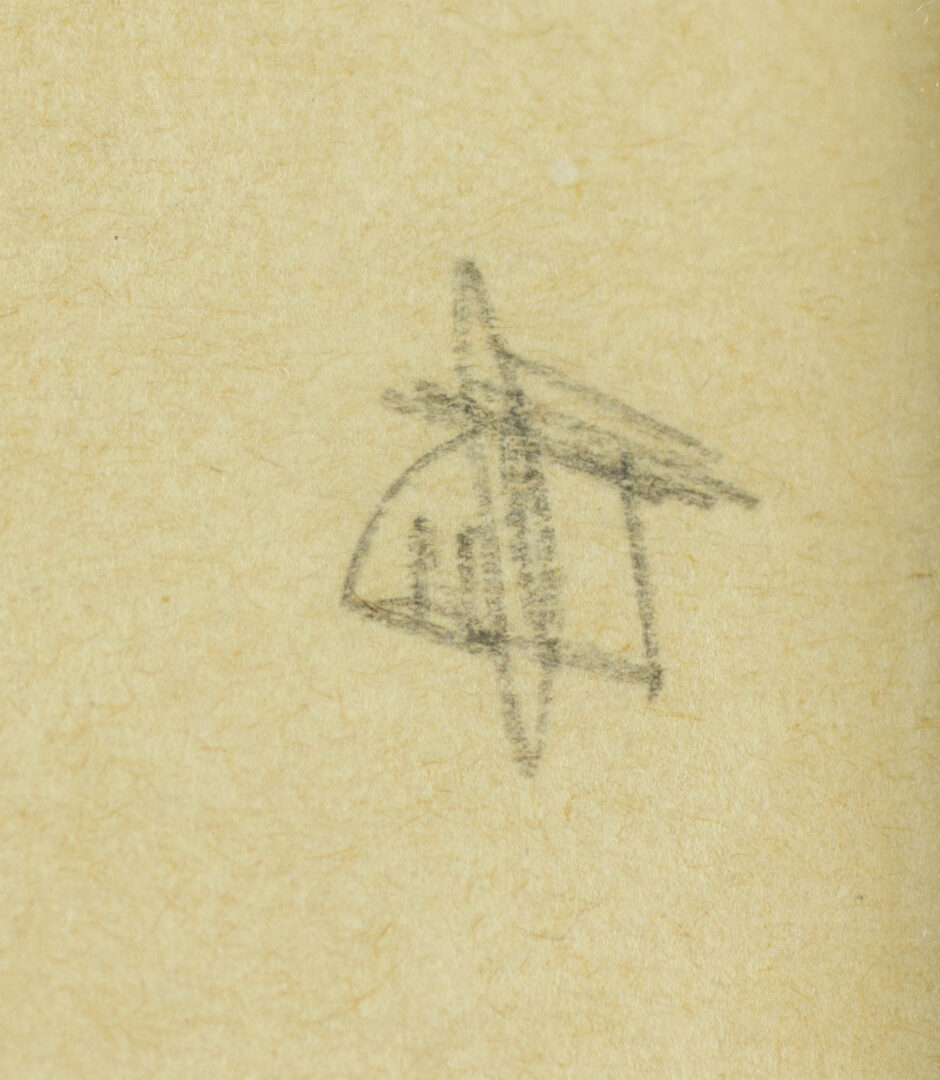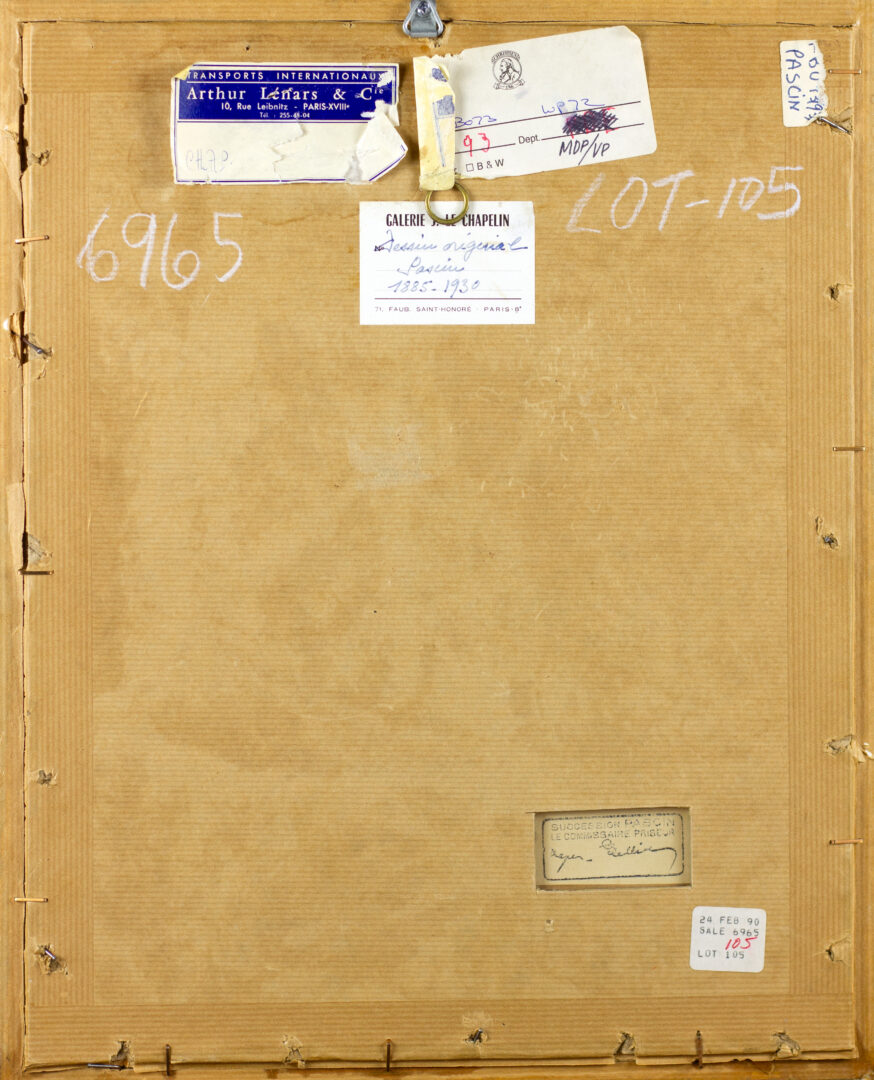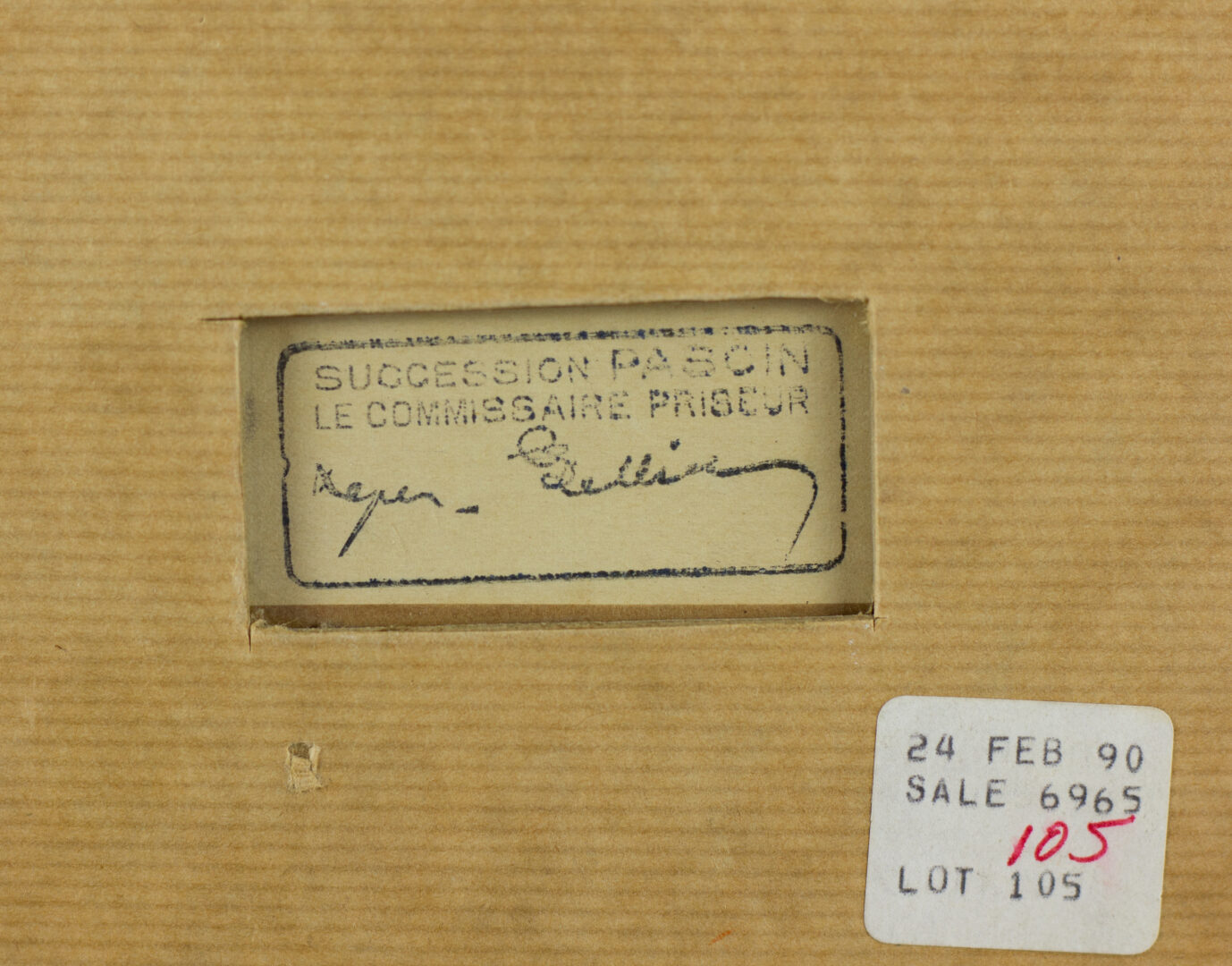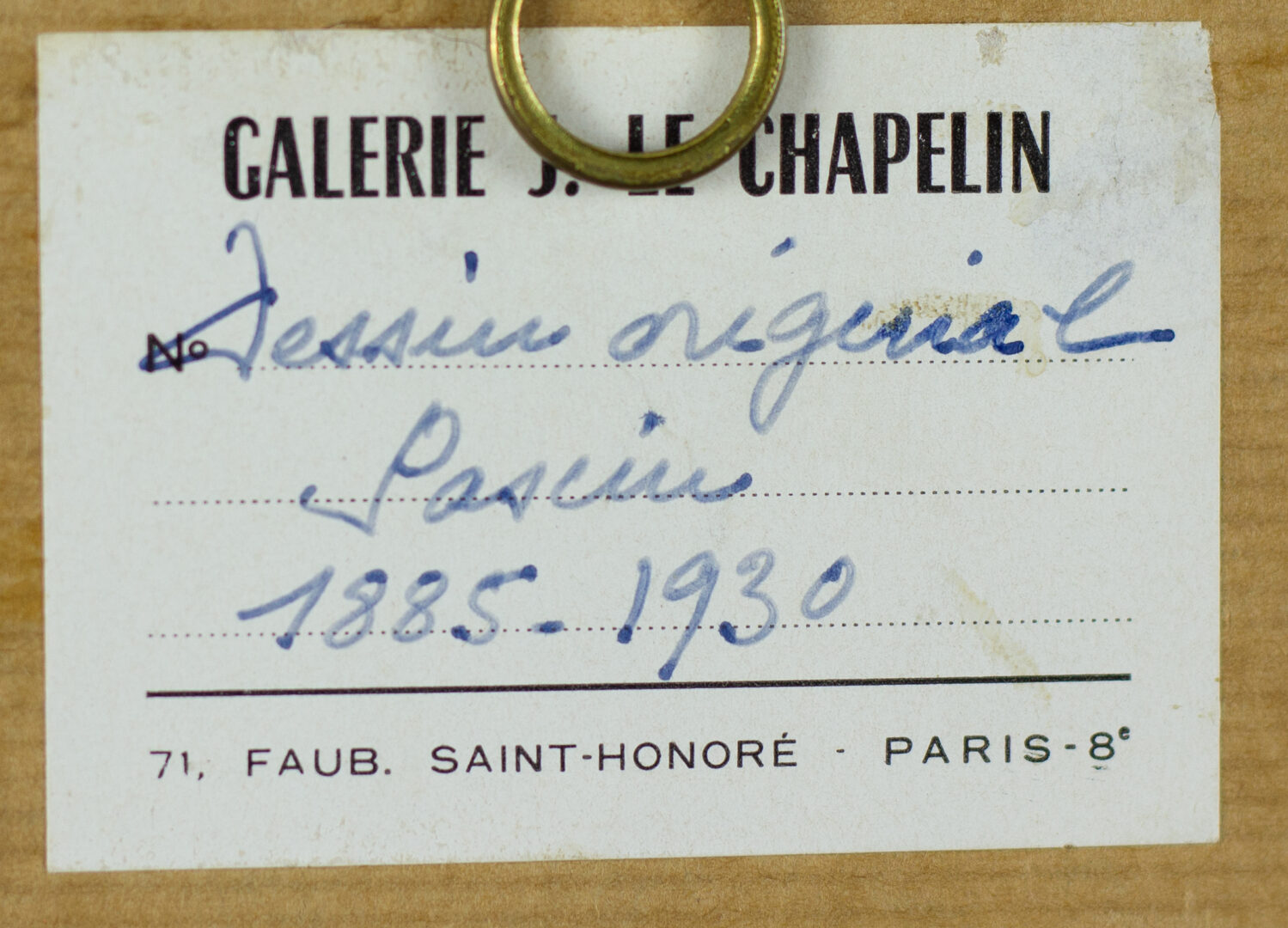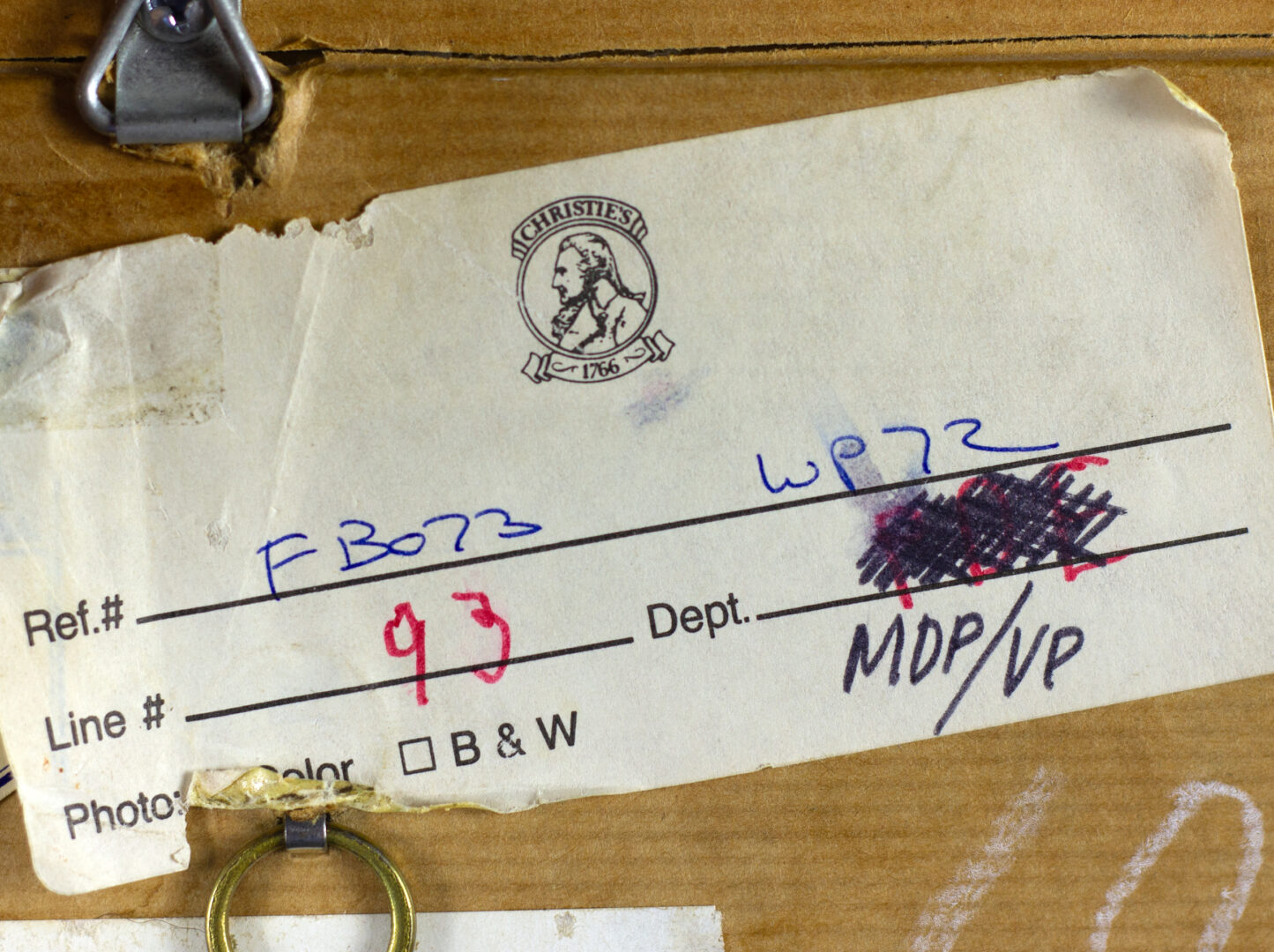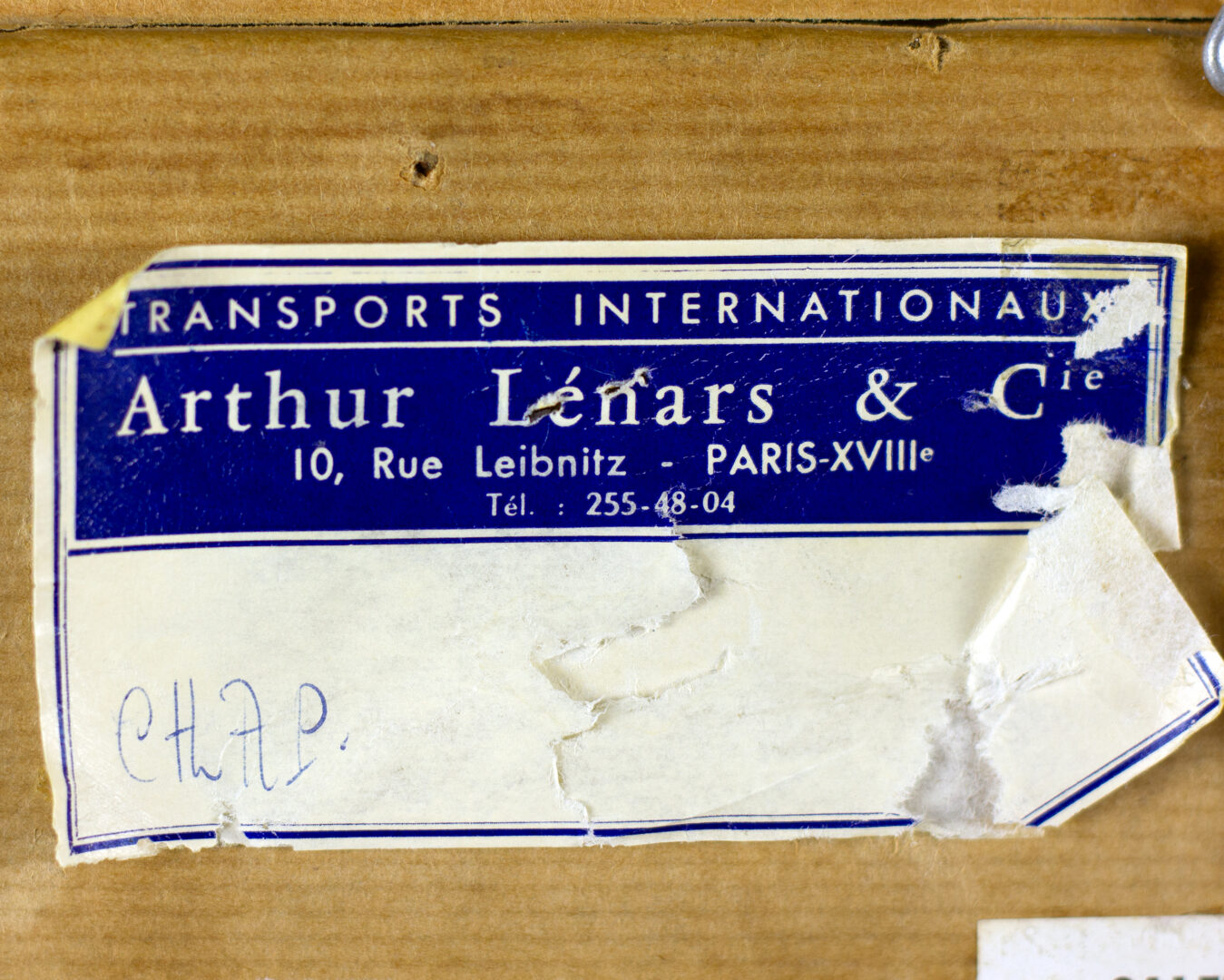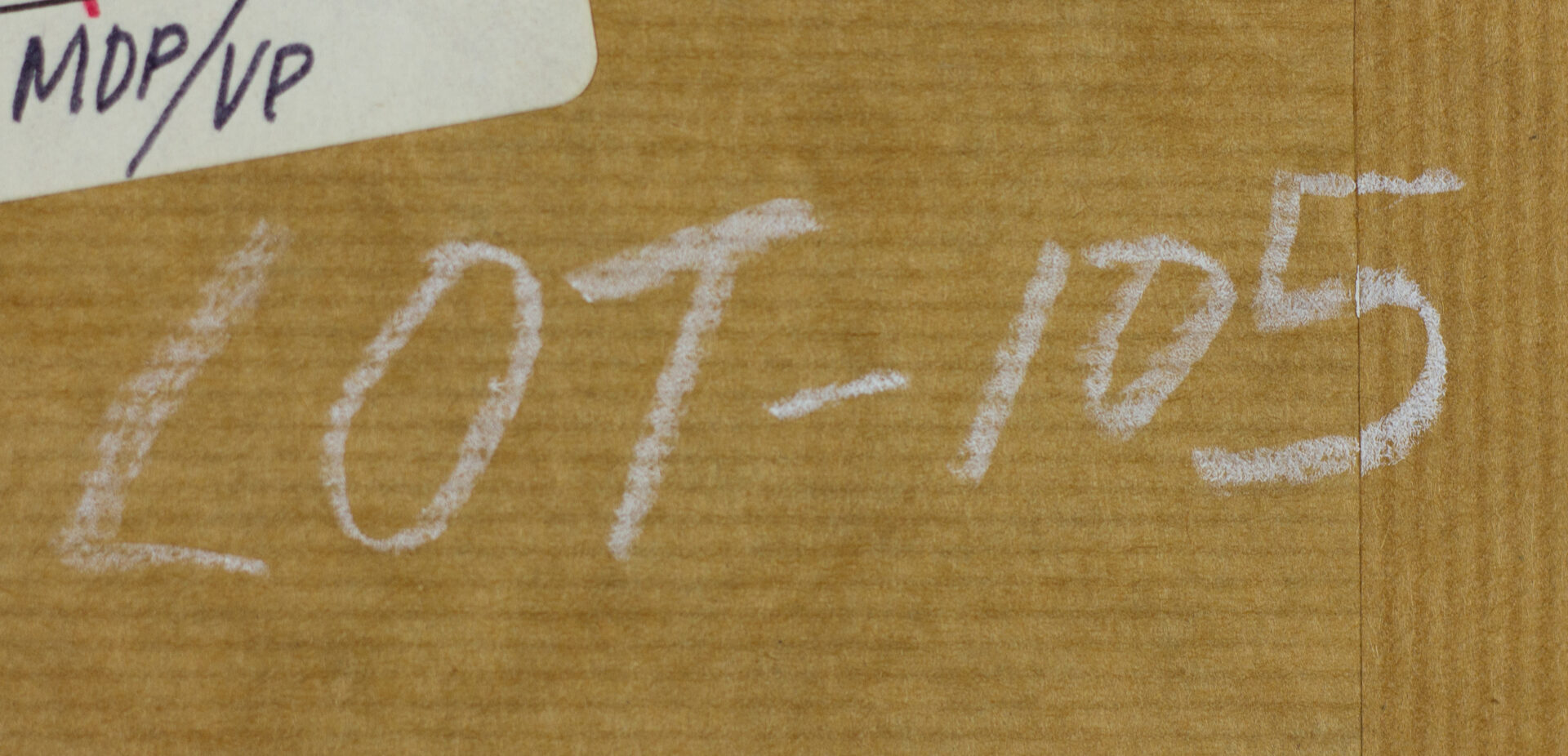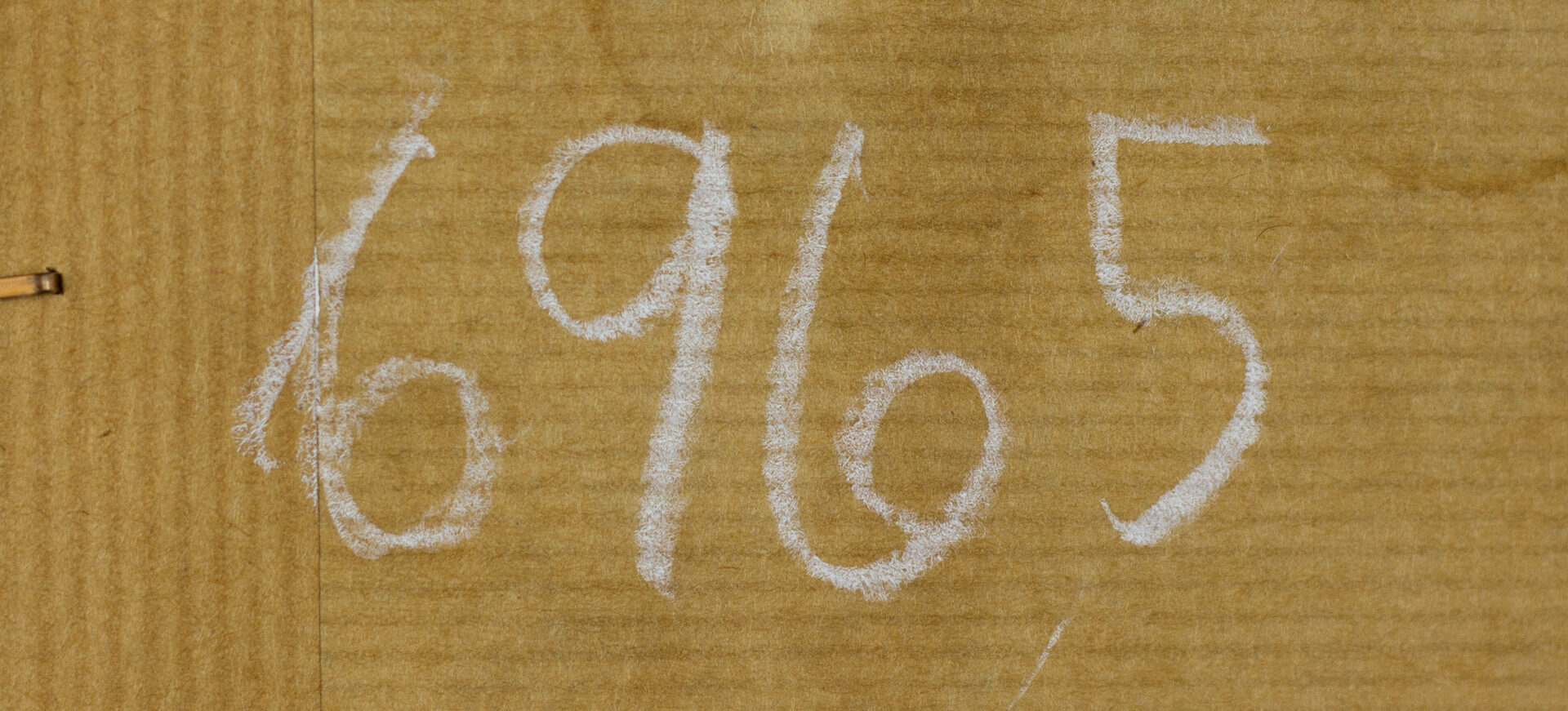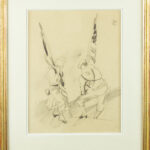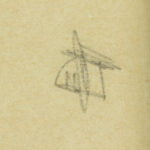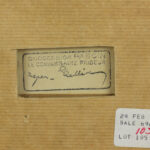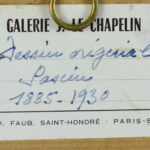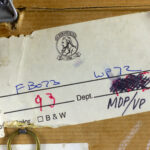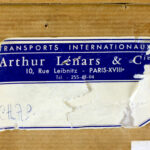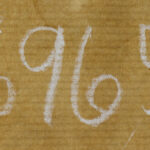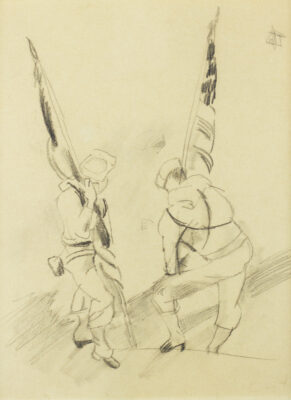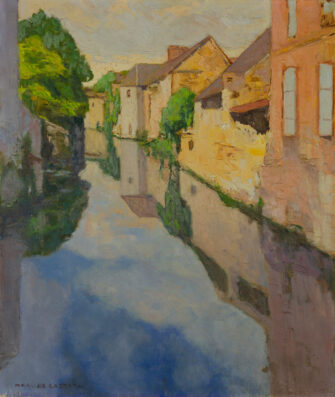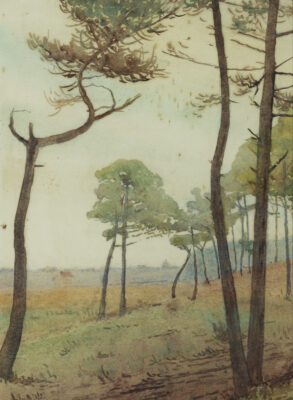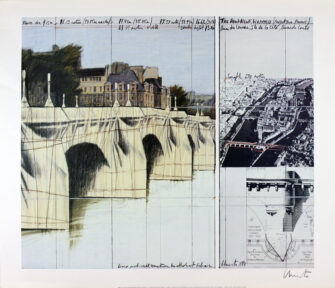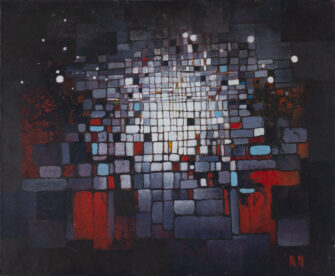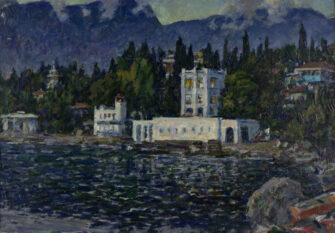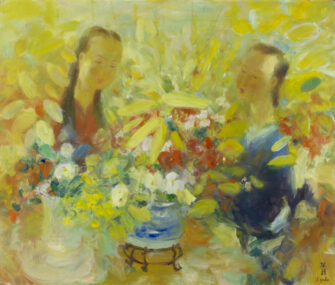Signed upper right.
Sizes:
Frame: 41 × 34.5 cm | 16.1 × 13.6 in
Artwork: 27.5 × 21.5 cm | 10.8 × 8.5 in
The Drama of Gesture: Pascin’s Line at Its Most Expressive
Jules Pascin, the “Prince of Montparnasse,” captures in this intimate drawing a moment of silent coordination—two figures caught mid-motion, their forms dynamically entwined by the diagonal thrust of fluttering flags. The economy of line, the confident use of negative space, and the subtle shift in pressure suggest both spontaneity and control—a hallmark of Pascin’s graphic style.
A Political Undercurrent in Form
Though unassuming at first glance, the iconography of flags and bowed postures invites a reading beyond the formal. Drawn in the interwar years, this composition may allude to the fragile politics of allegiance and identity. Pascin’s status as an émigré and satirical observer of human character subtly permeates the scene.
A Documented Work with European Provenance
The drawing bears the artist’s signature and verso inscriptions, including numeric cataloging and pricing notations, reinforcing its traceable history. Labels suggest its inclusion in a mid-century European collection, possibly linked to a German auction or institution.
Museum-Quality Work by a Modernist Icon
Pascin’s drawings—though deeply personal—remain resonant for modern audiences. Held in the collections of MoMA, Centre Pompidou, and the Albertina, his works on paper are coveted for their wit, intimacy, and formal brilliance. Two Figures with Flags stands as a rare example combining figuration, symbolism, and documentation.

